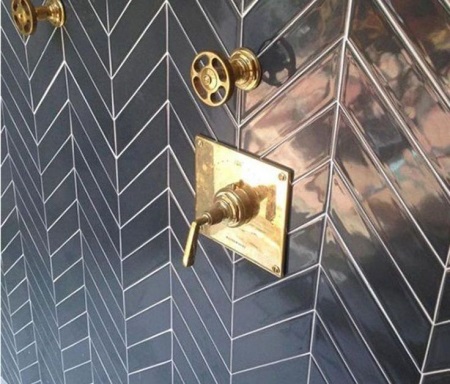Ceramic glazed tiles for interior walls
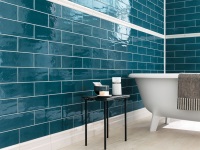
Features
The manufacturing process of ceramic tiles affects its various characteristics: strength, durability, etc. To improve and assign new qualities, the glaze effect of the ceramic material is used, which becomes better and more reliable.
This product is easy to distinguish among other things: the appearance is different luster and additionally covered by a transparent layer, which is called the glaze. This glass layer does not allow moisture to penetrate and prevents destructive influences, as well as seals the structural scheme of the ceramic product.
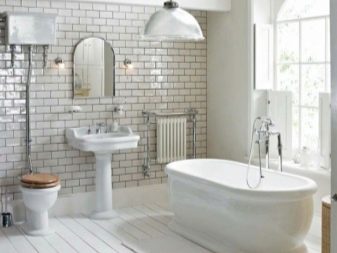

Glaze is a mixture of various kinds of ingredients, among which there are additives and dyes.
There are several ways of applying this layer, and they have their own division into wet and dry. The dry method is characterized by the application of a powder or granular composition, and the wet method is characterized by the application of a water and dust composition of the necessary ingredients.

The production process uses a method in which the tile material is dipped into the glaze. There is also a local method of application, with the possibility of creating a multicolored coating with a decorative volumetric pattern. Then a temperature of 2000 degrees is set in the furnace. So the mass is melted and receives under certain conditions a transparent appearance.
In addition to glazing, the tile goes through several other stages, which significantly improve the quality of the material. These include: painting, pigmentation and engobing.
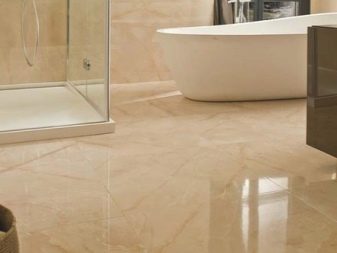
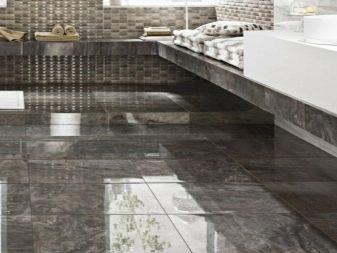
Advantages and disadvantages
Ceramic tile, like any other building material, has its pros and cons.
Advantages:
- The surface of the tiles is resistant to wear and tear;
- Enamel is impermeable to moisture;
- Tile coating is resistant to the impact of chemically aggressive substances;
- material is environmentally friendly;
- specific weight is rather small;
- the cutting process does not take much time;
- absolutely any color can be chosen;
- elementary service;
- Prices for the goods for any category of consumers.

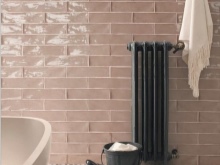
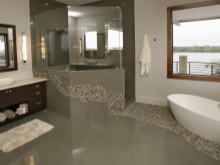
Disadvantages:
- low level of impact protection;
- high pore volume with double firing of the material;
- low friction effect for glossy enamel;
- low thermal resistance;
- glossy makes glare in the light.
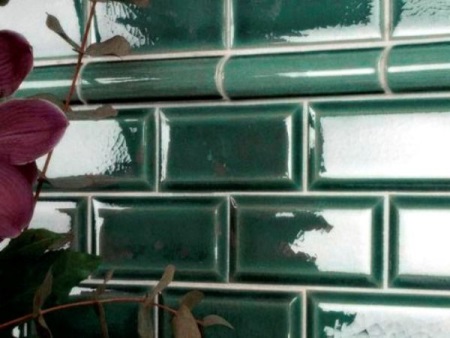
Technical characteristics according to GOST
GOST 6141-91 "Ceramic glazed tiles for interior wall cladding" and GOST 6787-2001 "Ceramic tiles for floors" - these GOSTs are used by manufacturers. The standards provide a precise description of all the features of this building material.
So, based on these GOSTs, the characteristics of the material are as follows:
- thickness - from 5 to 8 mm (5, 6, 7 or 8 mm);
- geometric certainty - strictly square or rectangular shape;
- Dimensions - for a square: 100, 150, 200 mm; for a rectangle: 75x150, 75x100, 100x150, 100x200 and 150x200. However, other dimensions are also possible;
- plane - in relief or usual smooth;
- scale - monotonous or with different colors;
- reaction with chemical reagents - ceramics must be stable (under the influence of the color must remain the same, drawing - unchanged, luster - do not disappear).
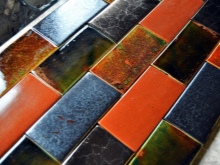
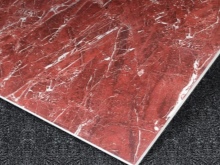
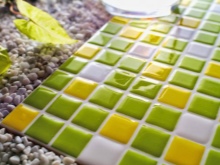
Types
Ceramics are distinguished according to their layers:
- single-layer - In the manufacturing process, the application to the material is reduced to a single layer. The tile takes on a bright color. Such ceramics is called monocottura. A distinctive feature of this type is that the ceramics have a small porosity and high quality durability. However, the color shades with a long firing time change due to exposure to high temperatures.
- double-layer - Applying two layers to the tile: first one, then the second. This makes the tile stronger. Such tiles are called bicottura. This type of tile has a high quality color shades, because the temperature of exposure is not too high and not very long.

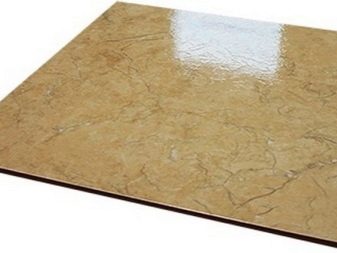
There is such a kind of tile as embossed.
The positive properties of this category include the following:
- high durability - because during the entire cycle of firing and glazing, the tiles become a solid monolithic material without air pads;
- the service life is increased - this is due to the top coating, which protects the material with the applied pattern;
- variety of choices;
- the possibility of use as a separate component of the interior, and as part of a large picture.
The disadvantages ofThe main disadvantages of these tiles are the cutting problems, as they often have patterns on them which make it difficult to match.
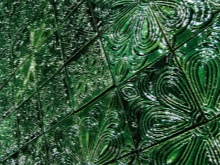
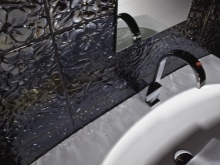
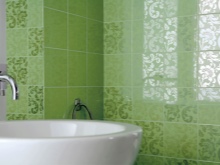
Color
The décor depends on different factors.
Therefore, there are a number of basic shades and colors:
- white;
- deaf white;;
- translucent colored;
- opaque colored;
- matte;
- beige.
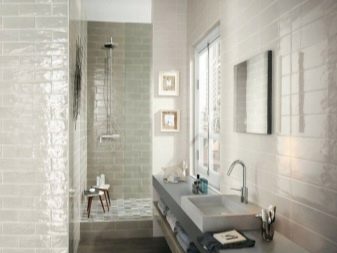
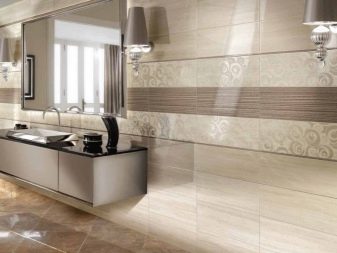
Scope of application
The application of the material is found in tiling of various types of surfaces. Since the tiles are waterproof, they are well used in the bathroom.
It is also used in the kitchen. It has found its application in wall cladding, countertops.
Tile is widely used as a floor covering. It can withstand a huge load. However, floor ceramics has a big disadvantage - the surface of the material is very slippery. But this does not apply to embossed tiles - with any footwear it is not terrible to walk on it.
So, ceramic tiles are used for absolutely all coatings: in the bathroom, kitchen, corridor, public premises, floors of industrial enterprises, etc.
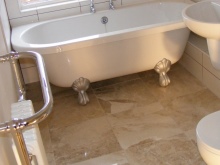
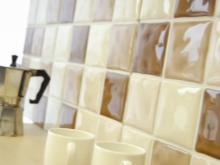
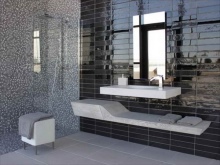
How to choose?
Now in stores there are many varieties of ceramic material. The buyer is extremely difficult to determine the choice. For this purpose, in specialized supermarkets for consumers are laid out on the stands of photo galleries, in which you can view all the possible options for decorating with ceramics.
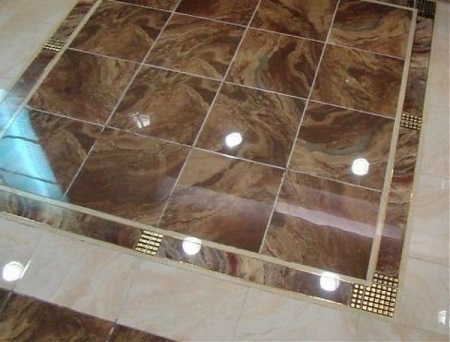
If you want to choose a suitable tile for your interior yourself, then pay attention to the following:
- The wrong color scheme can affect your good mood. For example, in a small-sized apartment, it is better to use light colors - so you can visually increase the volume of the rooms;
- The lighting of the finish may seem different. For example, when the light from yellow lighting fixtures hits the blue tiles, they may seem green;
- Pay attention to the reflection factor as well. If you want the reflection to be minimized, then it is better to use a matte shade of tile;
- Be aware of dirt as well. They are not noticeable on a dark or grainy ceramic tone. However, scratches and chips are noticeable on it;
- One more point concerning the tone and size. The colors may not match what the manufacturer claims, and the size may differ from the actual size. Therefore carefully check the packaging and the product in it.
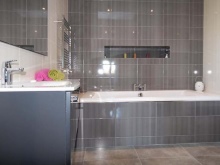
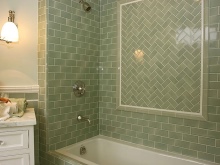
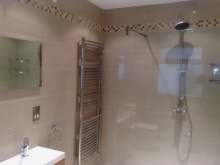
Mounting
Conventional horizontal installation
Prior to the installation work, make sure that all preparatory steps have been completed. This applies to the installation of piping, electrical, insulation, installation of window and door units, fasteners, and all walls must have a level surface.
Flooring is laid after the wall work is done, because the first row of wall coverings must be installed taking into account the tile floor - its thickness - and the thickness of the baseboard tiles.
First it is necessary to draw a marking on the wall in the form of intersecting perpendicular lines. The best way to do this is to use a dye rope. Then, the first tile elements are mounted on the lower part, after that - the upper ones. Empty in the end are those places where full tiles do not fit.
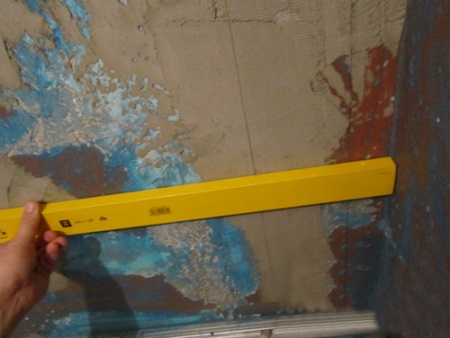
After that, the remaining pieces of material must be cut out. For this process, you can use a glass cutter or a saw with discs, but it is better not to be lazy and buy a tile cutter, it is available in any building supermarket. And you can sharpen the edges with an abrasive wheel.
Before tiling, use primer.
Tile adhesive can also be purchased at any building store. To be able to use it, it is enough to dilute the dry powder with water according to the enclosed instructions.
The use of crosses will facilitate your work, because they are needed to ensure that the seams between the tiles were the same volume.
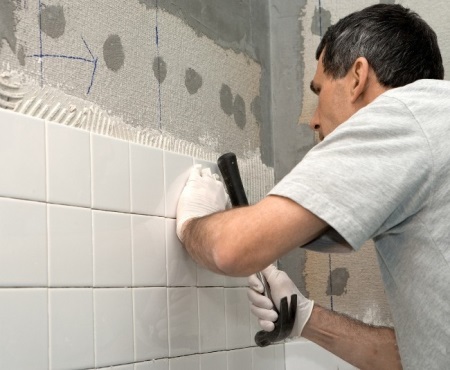
Option of laying tiles diagonally
In this case, the tiled material is laid not vertically or horizontally, and in diagonal order and the marking should be made with a turn of perpendicular lines of 45 degrees. Such decor looks very beautiful and unusual.
